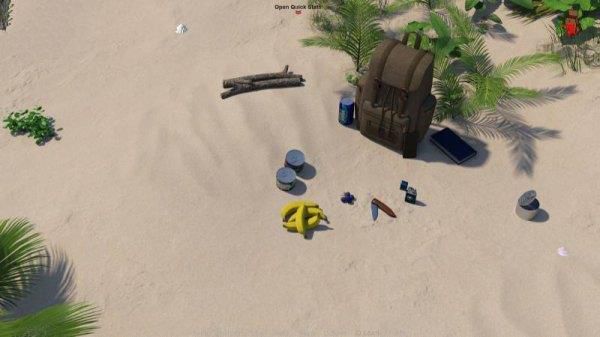Azur Lane is a dynamic real-time side-scrolling shoot ‘em up and naval warfare gacha game that keeps evolving with every update. While players focus on collecting and upgrading ships, managing equipment, and assembling strategic fleets, the development team continuously works behind the scenes to fine-tune ship stats and skills for better balance. These updates often reshape the meta, making it crucial for players—especially high-level commanders—to stay informed and adapt accordingly. This guide dives into the latest buffs in Azur Lane, explores their significance, and explains how they influence current gameplay strategies.
Why Ship Balance Matters in Azur Lane
Like many gacha-based games, certain units naturally dominate the battlefield. However, Azur Lane’s developers frequently release balance patches aimed at creating a more even playing field. Underperforming ships often receive stat boosts, skill revisions, or cooldown reductions, giving them a second chance to shine. For players who already own these once-overlooked vessels, such changes present an opportunity to reevaluate and reintegrate them into active fleets without needing to pull for the latest S-tier units.

Rebalanced Skills: More Impactful Than You Think
One of the most exciting aspects of these balance updates is how significantly skill modifications can change a ship's role. For example, some destroyers previously limited to support functions now feature enhancements that improve their firepower or evasion, enabling them to take on more offensive responsibilities. Ships like Montpelier and Honolulu have seen increased skill activation rates and stronger debuff effects, making them strong contenders in PvP environments. To discover which ships are currently leading the meta, check out our [Best Ships Tier List].
Balance Patches and Meta Shifts
With each new round of buffs, the meta landscape shifts. Previously underwhelming ships can suddenly become competitive against top-tier units. These updates help maintain freshness in the game and prevent fleet compositions from becoming stagnant. In the latest patch, numerous light cruisers and destroyers received meaningful improvements, positioning them as viable frontline tanks or consistent damage dealers. Ships like Atlanta and San Diego, once overshadowed, are now gaining traction due to their updated capabilities.
How These Changes Affect Equipment Choices
When a ship receives a significant buff—especially in stats or skill performance—it’s wise to reassess your equipment loadouts. A newly empowered destroyer may benefit from torpedoes offering cooldown reduction bonuses, while a cruiser with improved survivability could handle more aggressive gear setups. Revisiting your equipment choices ensures you're maximizing the potential of each unit. For further guidance on optimizing your fleet post-patch, refer to our [Upcoming Meta Ships Guide], packed with theorycrafting insights and predictions.
Rebuilding Your Fleet With Buffed Ships
Balance updates offer the perfect opportunity to rethink your main fleet composition. Retrofitted or recently buffed ships that were once ignored might now outperform your usual go-to units in specific scenarios. Experiment in training modes or event stages before investing heavily in resources, especially when testing synergy with newly enhanced support ships. Often, even minor tweaks to skills or stats can dramatically shift fleet dynamics and open up fresh tactical possibilities.
A Game That Grows With You
Azur Lane continues to demonstrate that it's more than just a gacha-driven experience. Each ship rework and balance patch encourages players to revisit their docked favorites and consider giving them another shot. These updates not only promote fairness but also reflect the developers’ ongoing commitment to keeping all ships—both old and new—relevant across various game modes. For the best possible gaming experience, we recommend playing Azur Lane on BlueStacks, where smooth performance and a larger screen bring out the full potential of this ever-evolving title.








